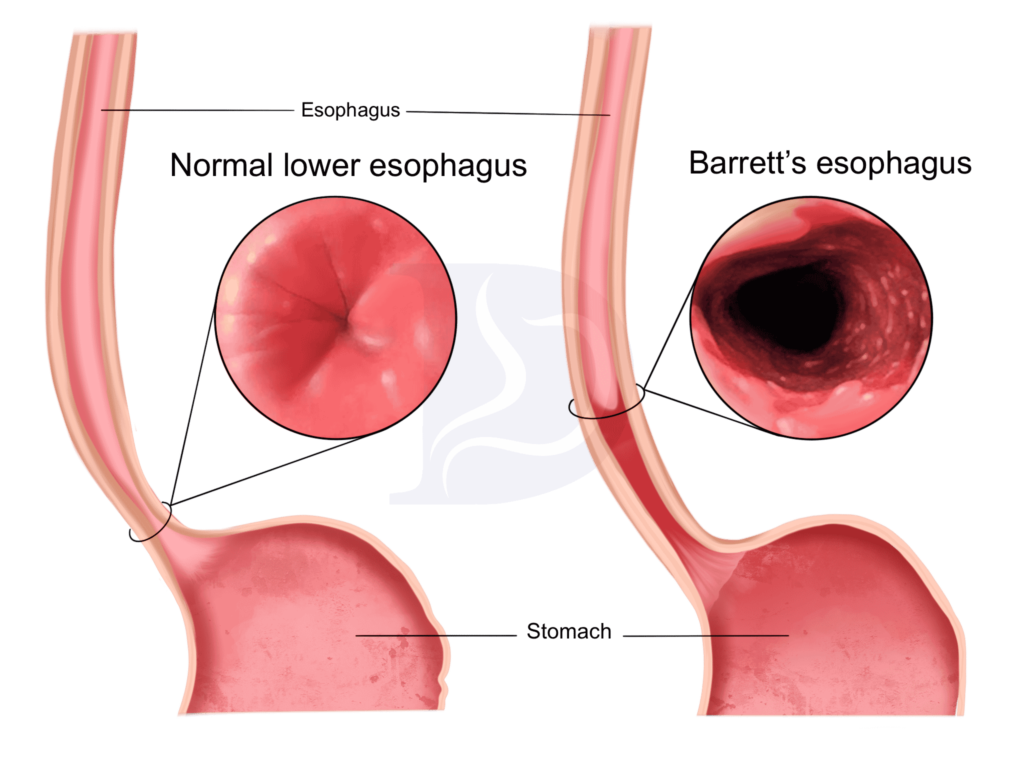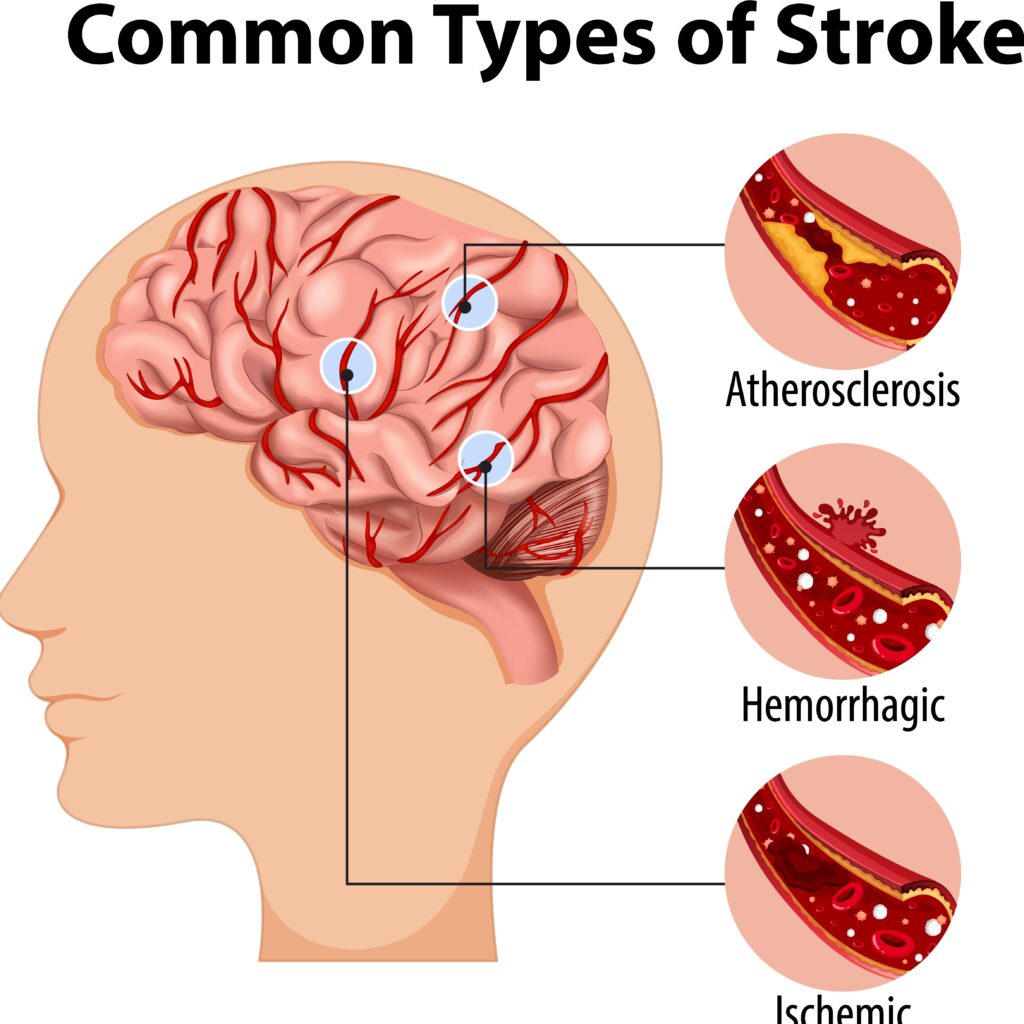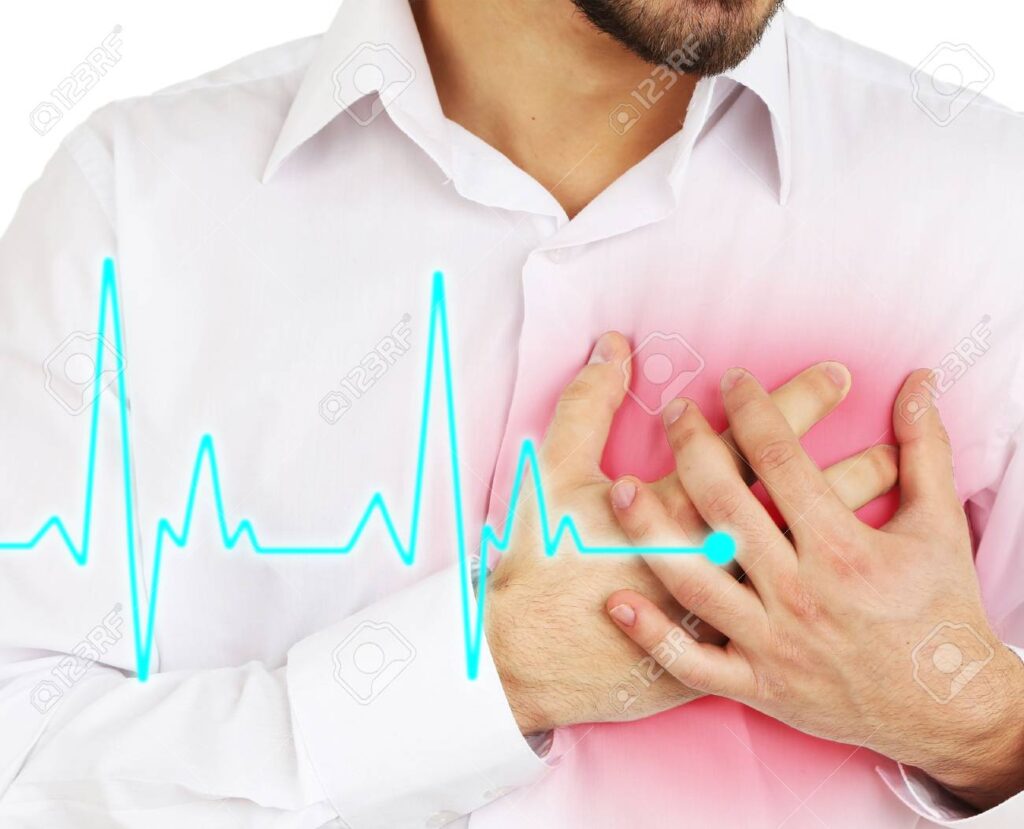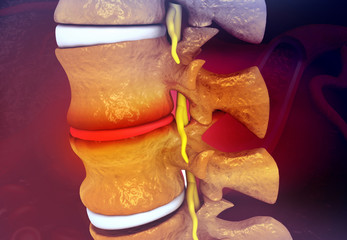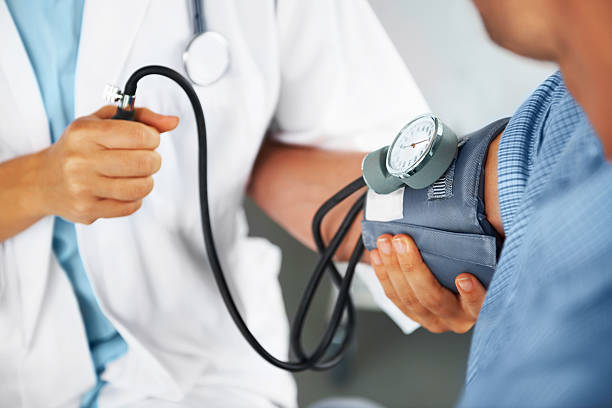What is Medical Billing and Coding?
Medical billing and coding jobs are in high demand. They pay well, and you can work from home. But how do you know if this is the right choice for you? This article will provide comprehensive insights into the medical billing and coding industry. What is Medical Billing and Coding? Usually, when you go into a training program, medical billing and coding are lumped together. However, billing and coding are two different sides of the same coin. Medical Coding Medical coding is the process of reviewing medical records and documents, extracting diagnoses, procedures, equipment, and other reportable information, and translating it into alphanumeric code sets. For example, a patient with type 2 diabetes is assigned the ICD-10-CM diagnosis code E11.9. If they have type 2 diabetes and end-stage renal disease, the codes assigned might be E11.22, N18.6, and Z99.2. It’s not always a one-to-one match; there are many guidelines and variations. Medical codes are used for analytics, data tracking, financial planning, and primarily for billing. Coders put diagnoses and procedures on claim forms to generate bills, usually for insurance companies or sometimes directly to patients. Medical Billing Billing involves monitoring claims, ensuring charges are accurate, tracking denials, and following up to ensure payments are finalized. Denials may occur due to coding errors or insurance coverage issues. Certifications and Credentials There are different types of medical coding and credentials. The two main certifying bodies are AAPC and AHIMA. Inpatient coders typically go with AHIMA. Other areas like professional fee coding, risk adjustment, and outpatient coding often use AAPC. Victoria is certified through AAPC and recommends the CPC (Certified Professional Coder) credential, which is highly valued and widely recognized. Main Code Sets in Medical Billing and Coding ICD-10-CM: Diagnosis coding system used in the United States. ICD-10-PCS: Procedural coding system, primarily for inpatient hospital stays. CPT (Current Procedural Terminology): Codes for procedures and services, such as doctor visits, surgeries, and X-rays. HCPCS: Codes for durable medical equipment, drugs, and insurance-specific codes. CDT (Current Dental Terminology): For dental procedures. DSM-5: For mental health conditions. These codes are updated regularly—ICD-10 changes on October 1st, while CPT and HCPCS change on January 1st. Coders often need new books each year. Work Locations and Environment Medical billers and coders can work from home or in offices. Employers include provider offices, hospitals, insurance companies, consulting firms, specialty groups, and legal practices. Work from home requires strict adherence to HIPAA and patient privacy regulations. Some companies enforce security measures, such as monitoring home offices, requiring photo verification, or occasional camera checks to ensure compliance. Flexible and Gig Opportunities Platforms like Code Health provide gig-style opportunities, allowing coders to work on flexible schedules similar to Instacart, Uber, or Lyft. The pay may vary, and it currently starts around $10.99 per hour. Salary The median salary for a certified professional coder is approximately $58,000 per year. This can go higher depending on experience and specialty. Entry-level salaries may be lower, and geographic location affects pay. Tools like the AAPC salary calculator can provide more detailed, location-specific salary information. Training and Education Medical coding does not require a two- or four-year degree. What’s most important is preparation for certification exams: CPC (AAPC) or CCS (AHIMA) credentials. Self-training options exist but may involve costs for books, licenses, and workbooks. The ideal approach is to choose training that prepares you for certification and the job without the extensive expense of a degree. Programs like the Medical Coding Masterclass provide a step-by-step roadmap from beginner to job-ready in as little as six months. Demand and Future of Medical Coding Automation exists in medical coding, but the complexity and volume of medical services ensure ongoing demand for skilled coders. Automation can assist, but human intervention is essential for accuracy, compliance, and problem-solving. Even in systems like Medicare-for-all or government-funded insurance, coding oversight remains necessary for data tracking, fraud prevention, and financial planning. Costs of Being a Medical Coder Costs include: Annual purchase of coding books and look-up tools. AAPC membership dues (up to $190 per year). Continuing education units (CEUs) and optional conferences. Free CEU options are available through resources like Healthcare Business Monthly quizzes. Work Environment Considerations Work environments vary widely, influenced by management style, workload, and company culture. After one or two years of experience, switching jobs is relatively easy. Emerging platforms allow coders to work independently, providing more flexibility.






